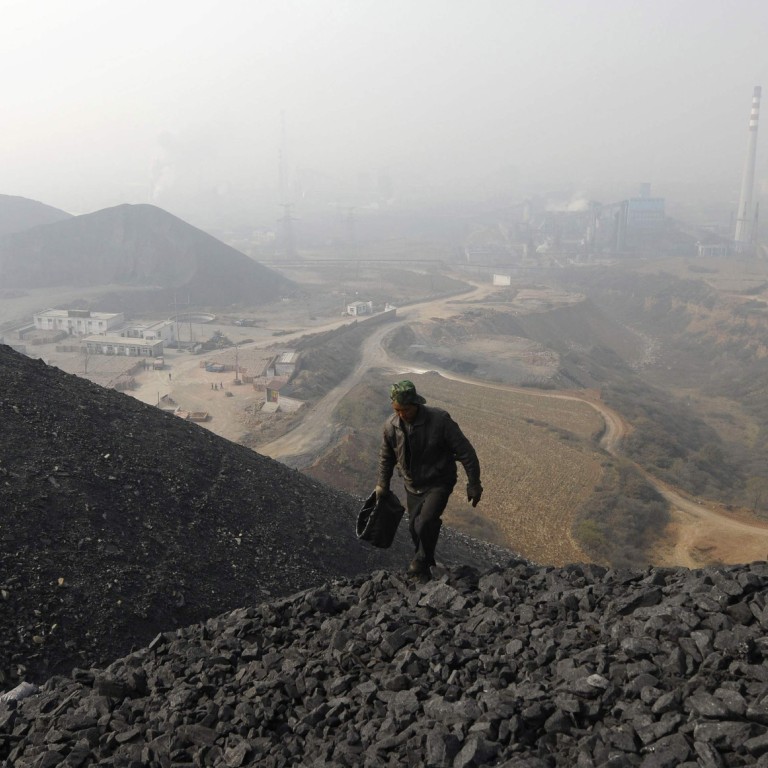
Mainland coal port to see surging imports as urbanisation accelerates
Urbanisation drive on mainland expected to push up the fuel’s imports at Qinhuangdao port, which is seen as a barometer of economic health
Qinhuangdao, home to the mainland’s largest coal port that has been called an indicator of Asia’s biggest economy, is set for record commodity deliveries over the next three years as urbanisation boosts demand for the fuel.
Shipments of mainly coal and ores via the port may rise by 20 million to 30 million tonnes by 2017, said Xing Luzhen, the chairman of Qinhuangdao Port. Supplies hit a record high of 279 million tonnes in 2011.
Power demand on the mainland, the world’s largest energy consumer, is accelerating as a growing rural population uses more household appliances and as urban residents buy more electric cars, according to Xing. The country depends on coal for 66 per cent of its energy, data from the National Energy Administration show.
“Qinhuangdao port’s coal business will keep rising together with China’s coal consumption, a trend that may last for at least the next 20 years,” Xing said.
The port, the delivery point for about 40 per cent of the mainland’s seaborne coal, is a barometer of the economy, former premier Wen Jiabao said in 2008. Gross domestic product rose 7.5 per cent in the April-June period from a year earlier, the first acceleration in three quarters.
Qinhuangdao Port, listed in Hong Kong, also operates two facilities in the Bohai Rim in the mainland’s northern area and had a record throughput of 365 million tonnes in 2013. Its new terminal in Caofeidian, with an annual capacity of 50 million tonnes, may begin trial operations this year, Xing said.
The company offers integrated services in container cargo, crude and oil products as well as liquid chemicals. It began as an independent dry-bulk facility that relied on coal for 90 per cent of its business until 2002. The fuel’s share of total volumes handled declined to about 70 per cent last year, mainly displaced by container cargoes and metal ores, according to Xing.
Qinhuangdao Port will benefit from having stable contracts of as long as 10 years that cover about 70 per cent of throughput, according to Xing.
The company, which made one of the six largest Hong Kong initial public offerings last year, will report first-half earnings on August 22.
“Every year we’re looking at buying overseas ore and coal ports,” Xing said, adding they studied facilities in Europe and Canada.
